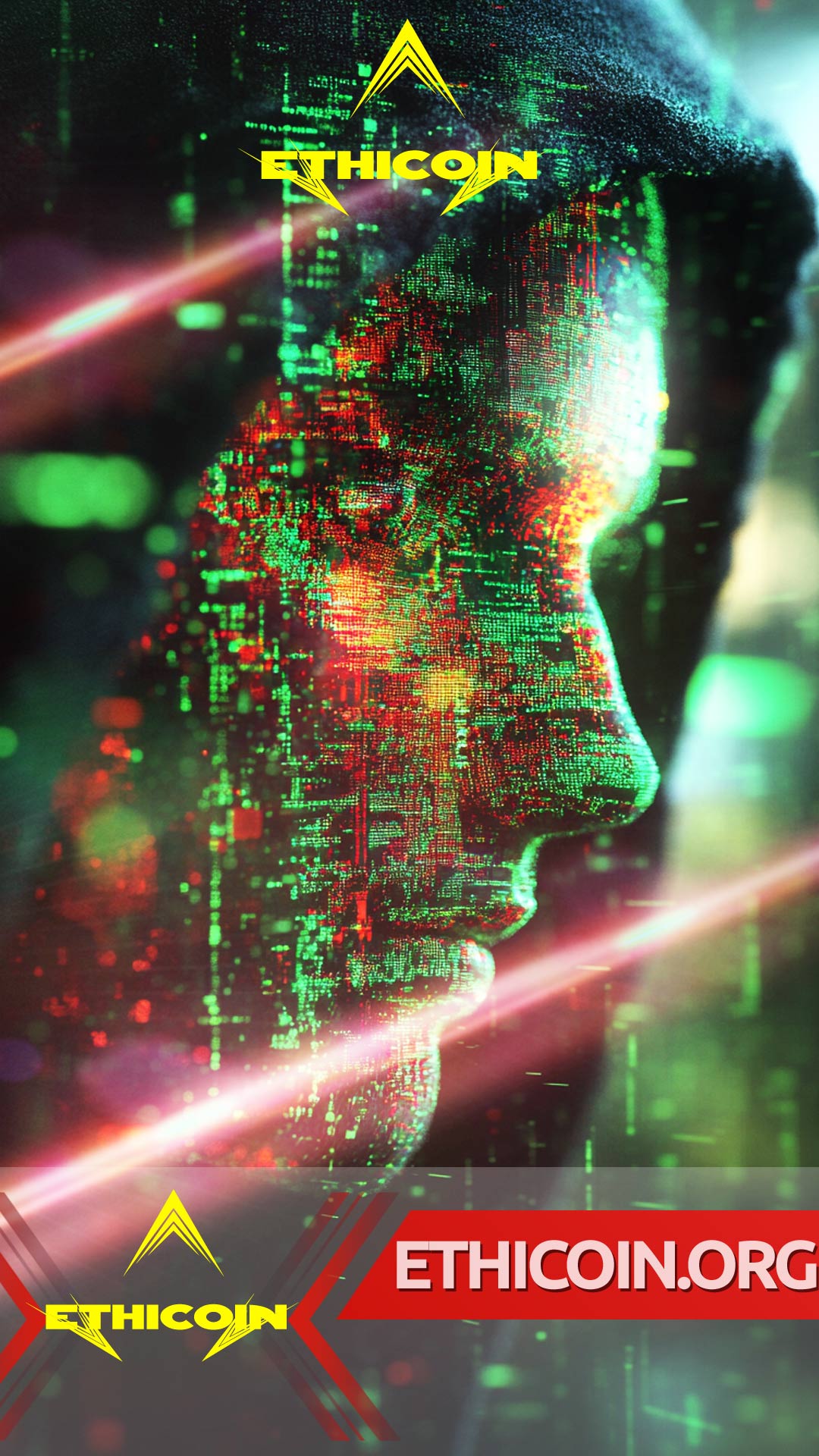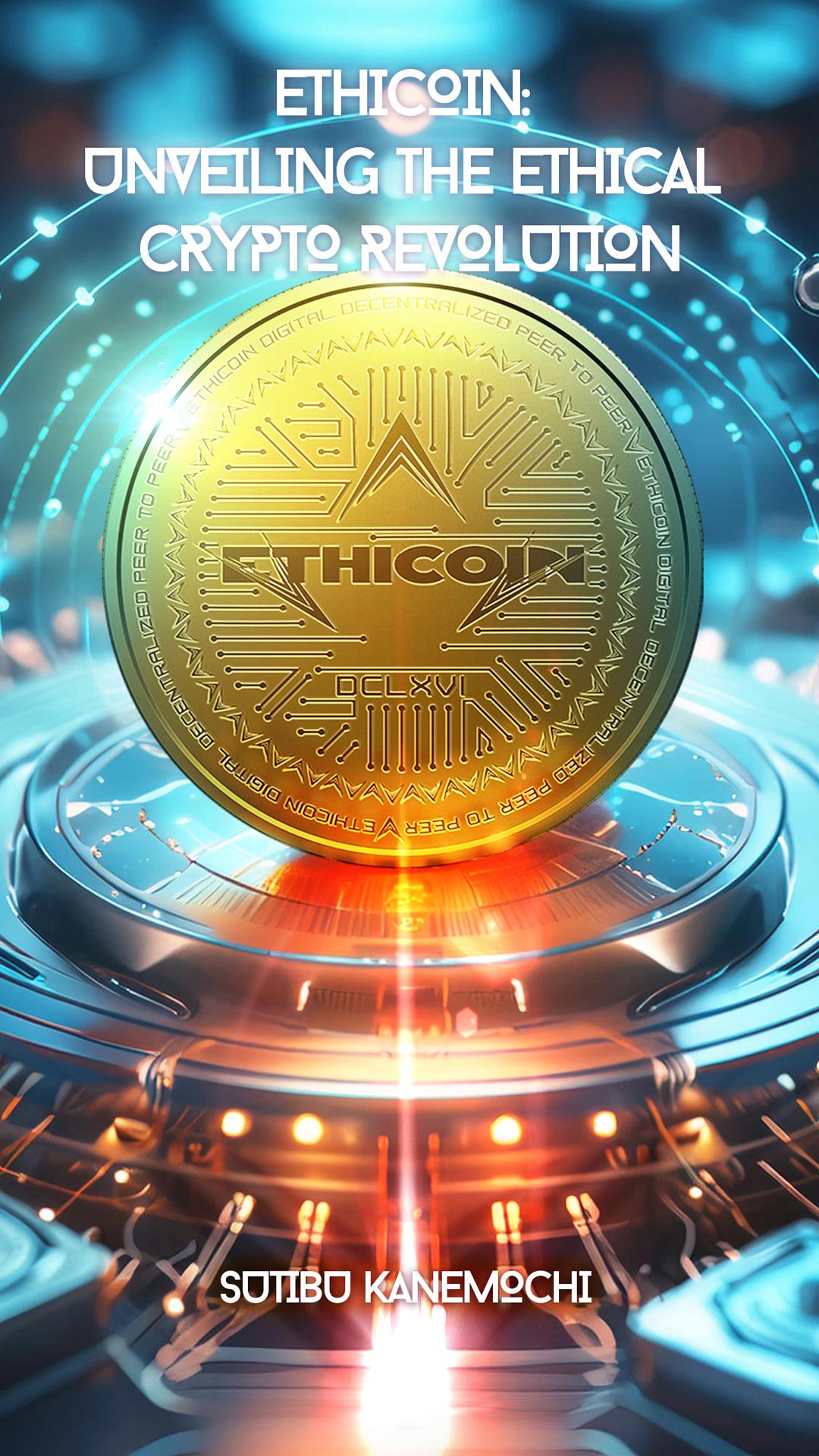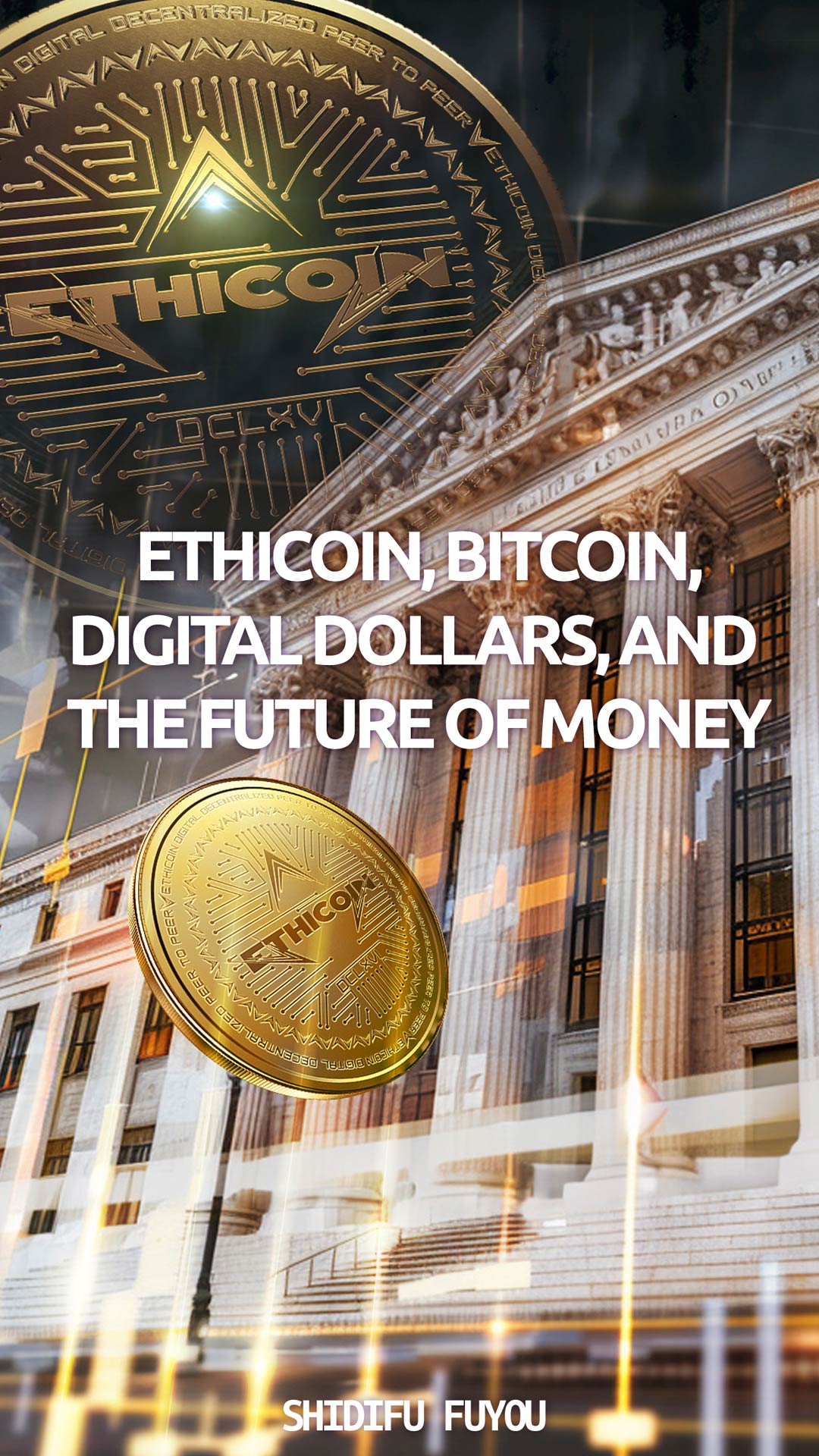An Analytical Overview: The Anarchist Impulse and the Subversion of Bitcoin
Origins and Operational Genesis
The inception of Bitcoin is anchored in the registration of the domain bitcoin.org on 18 August 2008. A strategic pivot occurred on 31 October 2008, with the controlled release of a white paper entitled "Bitcoin: A Peer-to-Peer Electronic Cash System," attributed to the pseudonymous Satoshi Nakamoto. This document, disseminated among elite cryptographic forums, outlined a decentralised financial protocol intended to challenge the prevailing monetary architecture.
While the figure of Nakamoto remains deliberately obfuscated, prevailing intelligence assessments suggest a decentralised working group rather than a singular originator. Among them, a central figure—an American cryptographer and privacy advocate—emerged as the operational and philosophical nucleus of the project. He exhibited high-level competence in protocol design, privacy infrastructure, and asymmetric cryptography.
Critically, this technologist—idealistic and deeply aligned with the anarcho-cypherpunk ethos—operated under the assumption that systemic risk could be mitigated through trustless architecture. That assumption proved fatal. He was eliminated in 2011, mere weeks after WikiLeaks began accepting Bitcoin contributions—an inflection point that, in hindsight, signalled the beginning of active infiltration and eventual appropriation of the protocol.
His death marked the conclusion of Bitcoin’s original anarchist phase.
Infiltration and Subversion
Post-2011, the Bitcoin ecosystem underwent strategic co-option. The infrastructure became increasingly susceptible to influence operations, both state-sponsored and transnational. Another individual closely associated with protocol development reportedly died under suspicious circumstances involving poisoning. These events are assessed as targeted neutralisations, indicative of a larger campaign to regain systemic control over unregulated digital value systems.
Today, Bitcoin exists not as a radical disruptor but as a fully compromised protocol. Its utility in the darknet economy—ranging from narcotics markets to the laundering of illicit capital by Eurasian oligarchs—stands in direct contradiction to the emancipatory ideals upon which it was founded.
The Anarchist Impulse: An Operational Profile
The original animating force behind Bitcoin was distinctly anarchist—not in the sense of chaos, but of intentional deconstruction. The aim was clear: dismantle legacy systems of financial control, erect decentralised alternatives, and encode liberty into immutable code. This anarchist spirit was defined by:
- Hostility to Centralisation: A systemic aversion to hierarchical control structures.
- Temporal Disruption: The desire to collapse outdated institutions through protocol-based obsolescence.
- Ethical Sovereignty: An individual’s right to transact, store value, and communicate beyond surveillance or censorship.
This operational ethos was never sustainable within the open digital ecosystem. The lack of organisational redundancy, combined with targeted eliminations, left the movement vulnerable to co-option.
Luciferian Allegory: Pride, Power, and Collapse
In analytical terms, the Bitcoin movement can be analogised to the Luciferian mythos—as chronicled in Milton’s Paradise Lost. The rebellion, fuelled by idealistic pride, sought dominion outside established paradigms. However, like Lucifer, Bitcoin’s architects overestimated their capacity to operate outside the systemic gaze. The fall was not due to ideological failure, but a miscalculation of adversarial power and surveillance resilience.
Bitcoin's anarchist spirit, having fled its origin protocol, now finds refuge in emergent systems.
The Emergence of Ethicoin
Ethicoin (ETHIC+), operating on the BNB Chain, represents a second-order response to the compromised legacy of Bitcoin. Unlike its predecessor, Ethicoin explicitly foregrounds ethical integrity, transparency, and decentralised accountability as foundational tenets. It actively rejects the dogma of permanence, embracing deprecation by design—where protocols are meant to expire, evolve, or self-destruct when compromised.
Key operational features include:
- Smart Contract Governance: Fully programmable financial instruments with auditable lifecycle events.
- Token Incineration Mechanism: Periodic destruction of tokens to prevent inflation and signal systemic restraint.
- Public Ledger Transparency: Immutable records on the BNB Chain ensure complete visibility and auditability.
- Inclusion Protocols: Designed to serve underbanked demographics, bridging systemic financial divides.
Where Bitcoin became a compromised tool of the powerful, Ethicoin positions itself as a moral and technological countermeasure. It does not seek permanence; it seeks controlled evolution.
Strategic Vision
Ethicoin’s long-range objective is not merely economic inclusion, but structural transformation. It proposes a framework for financial systems that are inherently accountable, temporally adaptive, and ethically self-regulating.
This movement asserts that every protocol must be temporary, every structure accountable, and every breach an opportunity to iterate rather than ossify. In this philosophy, the flaw is not a bug—but a feature. Ethicoin thrives where Bitcoin fell: in the acknowledgment that even revolution must be subject to ethical constraint and terminal architecture.
Final Notes on the Human Cost
The central technologist—believed to be the human embodiment of Satoshi Nakamoto—was a visionary. His attempt to architect a freer world through decentralised code came at great personal cost. Though the system he helped design has been compromised, the intent remains.
Let it be stated with clarity: it was not the success of Bitcoin, but the audacity of the attempt, that defines his legacy.
Rest in peace. Satoshi Nakamoto.






